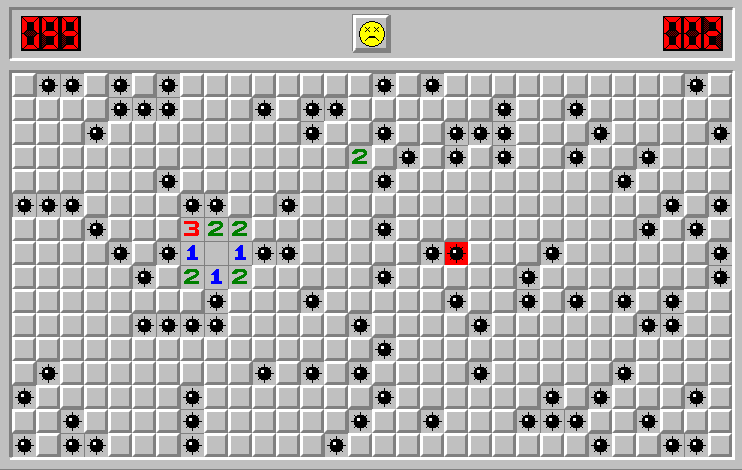Minesweeper – the timeless classic that has captivated millions around the globe. Whether you’re a seasoned player or a newcomer to the game, there’s no denying its addictive charm. But have you ever stopped to ponder how Minesweeper actually works? Join us on a journey as we delve into the intricacies of this beloved game and unravel its mysteries, one flag at a time.
Understanding the Basics
The inner workings of Google Minesweeper, let’s brush up on the basics. The game is typically played on a grid, with each square concealing either a mine or a number indicating the number of mines in adjacent squares. The objective? To clear the grid without detonating any mines.
Revealing Squares
When you click on a square, several things can happen. If the square contains a mine, it’s game over – kaboom! But if it’s safe, you’ll either reveal an empty square or a number. These numbers are crucial hints, as they indicate how many mines are adjacent to the square.
Flagging Mines
To navigate the minefield safely, players can strategically flag squares they suspect contain mines. This helps prevent accidental detonations and allows for a more systematic approach to clearing the grid. However, use your flags wisely – you have a limited supply!
The Mathematics Behind Minesweeper
At its core, Minesweeper is a game of probability and deduction. Every time you reveal a square, you’re essentially making an educated guess based on the information available. But how does the game ensure a fair and solvable experience?
Randomization
One of the key elements of Minesweeper is its randomized grid generation. Each time you start a new game, the positions of the mines are shuffled, providing endless variations and ensuring no two games are ever the same. This element of randomness adds to the game’s replay value and keeps players coming back for more.
Solvability
Despite its seemingly haphazard nature, Minesweeper is carefully designed to be solvable through logical deduction alone. By analyzing the numbers revealed on the grid, players can systematically eliminate possible mine locations and uncover safe squares. It’s a delicate balance of risk and reward that keeps players engaged and their minds sharp.
Tips and Strategies for Success
Now that you understand the inner workings of Minesweeper, it’s time to sharpen your skills and master the game. Here are some tips and strategies to help you navigate the minefield like a pro:
Start Small
Begin by tackling smaller grids with fewer mines. This will help you familiarize yourself with the game mechanics and develop your strategy without feeling overwhelmed.
Use Logic
Minesweeper is ultimately a game of logic, so rely on deductive reasoning rather than guesswork. Look for patterns in the numbers and use them to narrow down the possible mine locations.
Take Risks (Strategically)
Sometimes, you’ll need to take calculated risks to progress. If you’re stuck between two potential mine locations, weigh the odds and make an informed decision.
Practice, Practice, Practice
Like any skill, mastering Minesweeper takes practice. Keep honing your skills, learn from your mistakes, and soon you’ll be sweeping mines like a pro.
Minesweeper is not just a game of chance – it’s a fascinating blend of mathematics, logic, and strategy. By understanding how the game works and implementing effective strategies, you can navigate the minefield with confidence and emerge victorious. So, next time you fire up Minesweeper for a quick game, remember the intricate mechanics at play beneath the surface.
